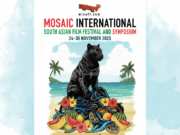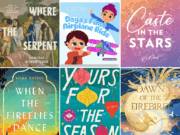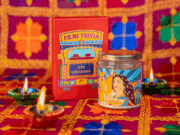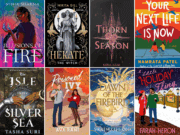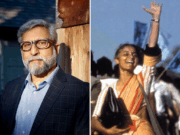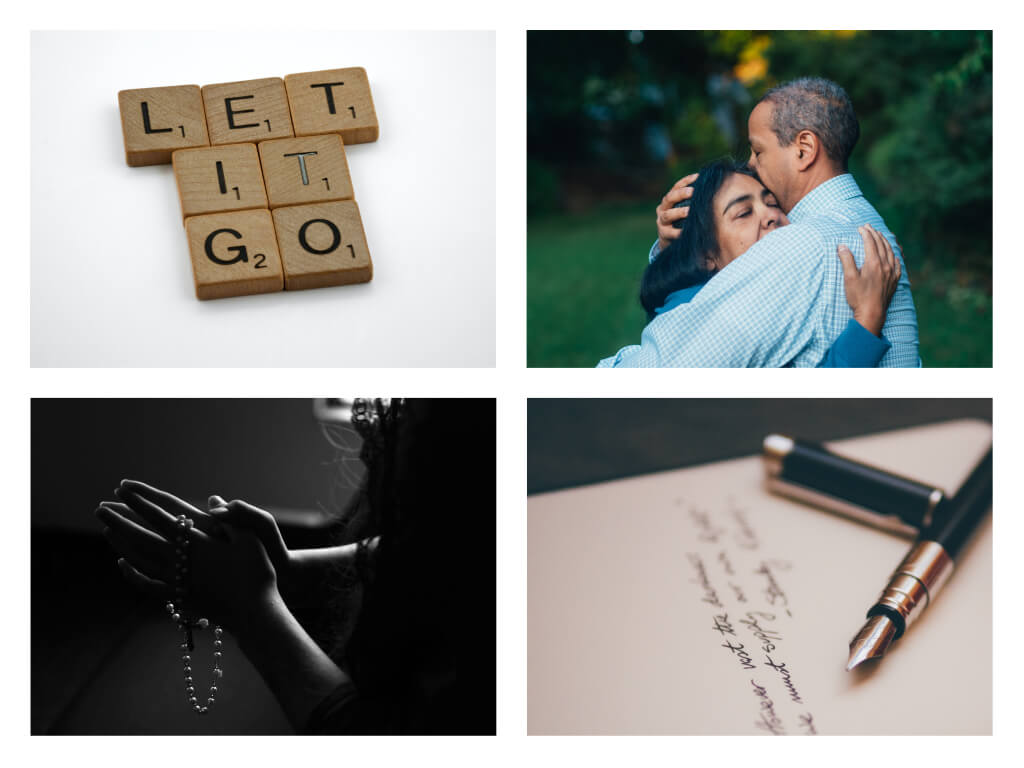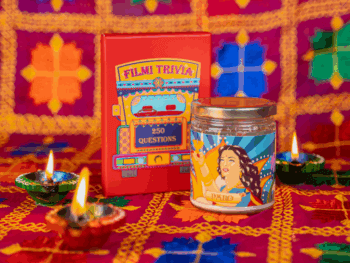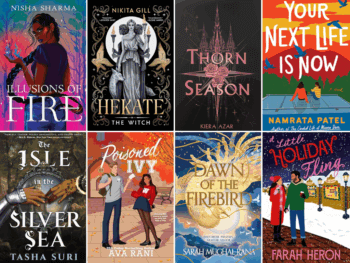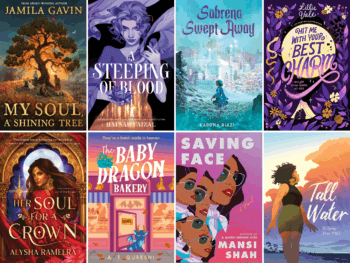We’ve all experienced hurt and harm at some point in our lives. We may have been disrespected, lied to, manipulated, taken for granted. We may have experienced physical or emotional abuse. In the aftermath of these experiences, we often find it difficult — at times close to impossible — to forgive someone who has hurt us. Even when we want to move on, we struggle to find a way to forgive. Let’s look at the dynamics of forgiveness, and explore a powerful way to forgive past hurts and move beyond our suffering.
Dr. Monica Vermani is a Clinical Psychologist specializing in treating trauma, stress and mood & anxiety disorders, and the founder of Start Living Corporate Wellness. She is a well-known speaker and author on mental health and wellness. Her upcoming book, A Deeper Wellness, is scheduled for publication in 2021. Please visit: www.drmonicavermani.com.
Dr. Vermani has recently launched an exciting online self-help program, A Deeper Wellness, delivering powerful mental health guidance, life skills, and knowledge that employees can access anywhere, anytime at www.adeeperwellness.com.
At one time or another, we’ve all been hurt, by a friend, family member, boss, or colleague in the workplace. We often find ourselves stuck, replaying these unpleasant experiences, and remain in a state of negativity, anger, or low self-esteem, replaying past hurts long after they have occurred. For many of us, our past hurts remain very present. Not only have hurtful experiences impacted our lives in devastating ways, they can also continue to play out in our interactions with others.
Why Hold On
We often hold onto past hurts as a way to shield us from experiencing the same hurt again. Rather than help us move forward, by holding onto past hurts, we become stuck in reliving negative events. We can remain in a state of anger and negative thought patterns. Failing to authentically forgive another person is not good for our mindset, our moods, and our progress. Simply put, getting caught up in the pain of negative experiences can lead to our demise.
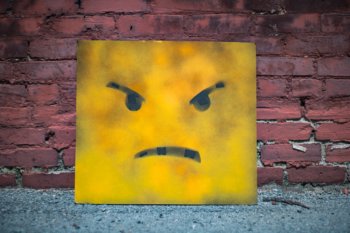
Hurt And Harm
We go through a lot of pain and hurt caused by other people. We often have conflicting ideas about what is right and wrong, even when we are interacting with people with whom we share a lot of common ground. We may not relate to the way others see the world, and we cause each other pain, sometimes out of ignorance, other times out of our fears and insecurities.
Life is a series of experiences. We judge and label these experiences as good or bad. Most people do not intentionally cause us harm. And those who do often do so as a consequence of their own experiences, upbringing, acting in low self-esteem.
Deciding To Let Go
We all struggle with forgiveness, I believe, because we do not fully understand it. Forgiveness is not something we dole out or bestow upon others. It’s a process. It is about us processing our pain, and understanding the hurts that we internalize resulting from experiences that we have judged as negative.
When we decide we want to let go, there’s a powerful way forward, and it begins with a look at the story in full.
The Story In Full
Start by looking at the story of a past hurt in its entirety. Even with a person who has done you wrong, the story of your relationship is unlikely to be entirely one of hurt and harm. Usually, when someone comes into your life, it is on a positive note. A person who has done you wrong may have brought much good into your life initially and helped you to learn and grow before things turned bad.
Remember, other people, are mirrors for you. Try to see what the person who hurt you has shown you. There are many moving pieces at play when others cause us pain. It is important to look deeply into ourselves and see what the mirror of a painful experience with another person has shown and taught you, not only about the other person but about yourself.
A Forgiveness Letter
Think about a past hurt in full, and write it down, in the form of a letter. Include the good as well as the bad … even if the good this person brought to you was greater insight, a lesson, or a new skill set to handle the bad they brought in! You need to remember all parts — including growth — within a shared story, take accountability, and realize that in every situation of pain, there’s learning and growth. You have a choice to release yourself from your pain through forgiveness, rather than personalizing it and carrying it as a weight, in fear of it repeating, again and again. Keep this in mind as you work on this letter.

Release And Relief
Conclude this letter with a statement of closure that forgives the other person and yourself. Acknowledge all that you have learned and how you have grown from this experience. Concede that while this person has caused you pain, they have also taught you to become a better, stronger version of yourself. Forgive them for all intentional and unintentional hurts, and forgive yourself for being so hard on yourself and personalizing the experience.
This letter need not be shared with anyone! You may decide to keep it to yourself, tear it into a thousand little pieces, or dispose of it in any way you see fit.
Moving On In Positivity
Forgiveness is choosing to provide you with closure to a hurtful experience that is no longer around now. Choosing to close a chapter of a hurtful experience allows you to take charge and move on without carrying past hurts. No one deserves to occupy space in your heart and mind and steal your joy unless you choose to allow them to stick around.
We need to recognize that all suffering, hurts, pains and sorrows are catalysts for change. Forgiving those who have hurt us means that we are letting go of the personalization of a negative experience. Most importantly, forgiveness allows us to move forward in positivity.
Dr. Monica Vermani’s tips on when to decide to forgive.
Understand that forgiveness requires deep, authentic reflection on your part.
Reflect on the whole story of your past hurt. See your part in the story as well as the other person’s.
Take stock of what you have learned, and how you will use what you have learned in the future.
Write a letter that tells the whole story, including how you have learned and grown from this experience.
Main Image Photo Credit: www.unsplash.com
Hina P. Ansari
Author
Hina P. Ansari is a graduate from The University of Western Ontario (London, Ontario). Since then she has carved a successful career in Canada's national fashion-publishing world as the Entertainment/Photo Editor at FLARE Magazine, Canada's national fashion magazine. She was the first South Asian in...





